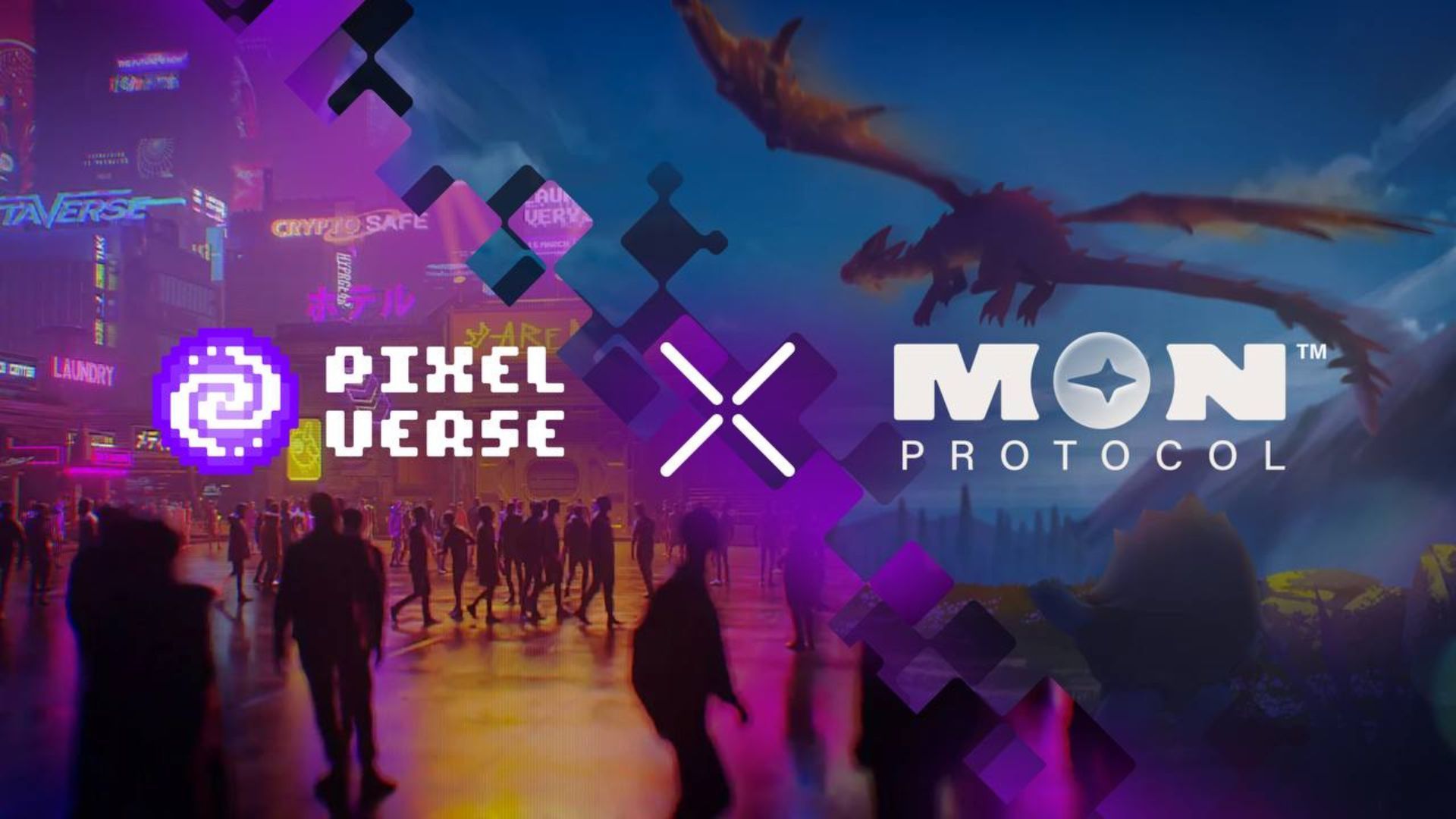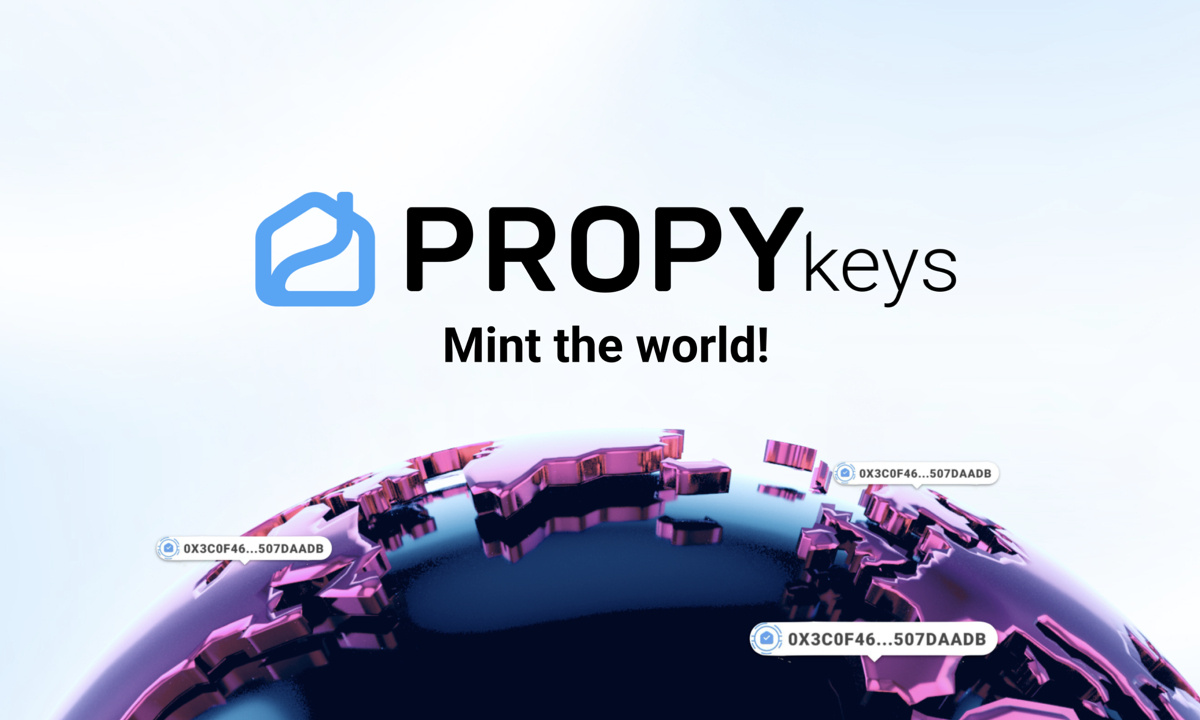Table of Contents
- The Web3 Investment Model: Smart Contracts, Real Assets, Tokenized Value
- Example: Arakis
- Looking Ahead
Source: Depositphotos
The Web3 concept—including the technology, the community, and the use cases—has caused a significant amount of disruption in ways that our society needs most. It has shaken off many of the assumptions we’ve had about contracts, about who controls a company, and about how we can make investments. And it really does take a combination of technology, community, applied to a good use case to work. We’ve seen strong Web3 disruptions in finance, gaming, and collectables. However, one of the strongest disruptions caused by Web3 is a change in how we look at investing. Once there were limited options in how to invest, with stocks/bonds, real estate, art, etc. being the main choices. However, Web3 can use smart contracts, DAOs, and real assets to provide new opportunities that transcend borders or budgets. Let’s look into the details of this model and explore as an example the travel industry, which is working to create an entire investment ecosystem. In particular, we will look at the Arakis model to see how Web3 is disrupting the travel industry.
The Web3 Investment Model: Smart Contracts, Real Assets, Tokenized Value
The Web3 investment model has three key components: smart contracts, real assets, and tokenized value. The smart contract lays out the agreement between the asset holder and the investor. As certain activities occur, as an asset rises or drops in value, the smart contract will automatically take pre-determined actions that were agreed to by both parties.
Unlike token speculation, this model is driven by real-world, often physical assets. These can be assets that are expected to rise in value, like famous paintings; or they can be assets expected to earn revenue, such as a house that is rented out. In any case, there is a generally understood value for these assets. Finally, the investment made is represented by tokenized value. This is the expected long term value of the asset, whether it is an expected rise in value when it is sold, or an expected lifetime revenue amount. There is always some risk in any investment, and the Web3 model is no different. However, there are real assets behind the investment.
So what makes the Web3 investment model so different from the standard investments we have today? One key difference with the Web3 model is availability and access. If you have a significant amount of money to invest, then congratulations. For the vast majority of people, however, it is extremely difficult to raise enough funds to invest in businesses, buy artwork, or trade on financial markets. This is a shame, because a little money from a lot of people quickly becomes a lot of funding. The Web3 investment model breaks down what is required to participate in an investment. People of all walks of life can find a Web3 investment model they like, set up a wallet, and spend a small amount of money to join. In many cases, this means either buying a token and staking, or more recently, buying an NFT that represents the investment (usually a physical asset) and that interacts with the smart contract. In this way, the NFT will operate according to the rules of the smart contract. Even if the investment is small, it can still generate return for the investor.
One last question: Why is the investment represented as an NFT? This may actually be the most disruptive part of all. As an NFT, the investment becomes a prepackaged and independent item. In other words, it is not permanently tied to the investor, or even the platform where the NFT was purchased. This means that the NFT as an investment is untethered and can be sold to other users using an NFT marketplace.
Example: Arakis
The travel platform Arakis offers an example of this phenomenon in action. The platform is working to partner with members of the travel industry across the board. As new partnerships are developed, the platform will issue specific NFTs, called Revenue Sharing Tokens (RST), that represent the travel partners' specific assets. For example, an RST is launched by Arakis for the Hilton in London so that when a user buys one, a predetermined percentage of booking fees will go to the RST holders, when the booking is made through the Arakis platform. As rooms continue to be booked, token holders will continue to gain a part of the revenue sharing. If the RST costs a small amount, the revenue sharing may be small (and depends on if the asset is making revenue to be shared). However, it is an investment providing a return and is available to a much, much wider audience.
The big questions are, how far do we see the potential for the RST in the travel industry? And what type of travel businesses (hotels, airlines, car rentals, tours, etc.) will likely use RSTs the most?
Arakis founder Semil Vithani weighed in with his thoughts:
“The RST is the revolution in travel profitability, with its main use case creating a revenue sharing model out of any productive asset in the travel industry. This benefits both travelers and companies, maximizing earnings from every booking and putting profits back in the hands of travelers. Arakis will start implementing the RST with hotel bookings, as this is the most straightforward application. After that however, we aim to convert airline routes, tour packages, and many more travel activities into RSTs.”
This is the transformative nature of the Web3 investment model at work. And with a population of potential investors this wide, the amount of investment capital worldwide is unbelievable. Think about the travel industry and how the Arakis use case could expand. NFTs (as RSTs) could be minted for any travel related asset that can generate revenue: hotels, tours, restaurants, rental cars, airline tickets… the list goes on. Feasibly, any of these could decide to issue RSTs at a price and proportion that will attract investors and micro-investors worldwide.
Looking Ahead
When you look at the concept of investing in this new light, it becomes clear that we will look back at this time period as the beginning of the Web3 Investment Model revolution, where people of all financial means and geographic location were given the chance to invest and earn returns. Unlike TradFi and traditional business investment, there are nearly zero limitations. Potential investors can study the smart contract to find a fair opportunity, and use the power of reputation and satisfied customers to find the right platform to partner with. And unlike normal investments, users have control of their investment-as-NFT, being able to collect revenue sharing or even sell their NFT on a marketplace of their choice. The travel industry is one of the first to begin this journey, but it won’t be long before other industries adopt this disruptive way to level the playing field for the masses, while giving industries an untapped way to raise capital.
Disclaimer: This article is provided for informational purposes only. It is not offered or intended to be used as legal, tax, investment, financial, or other advice.
Investment Disclaimer













